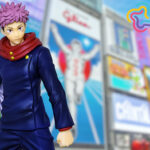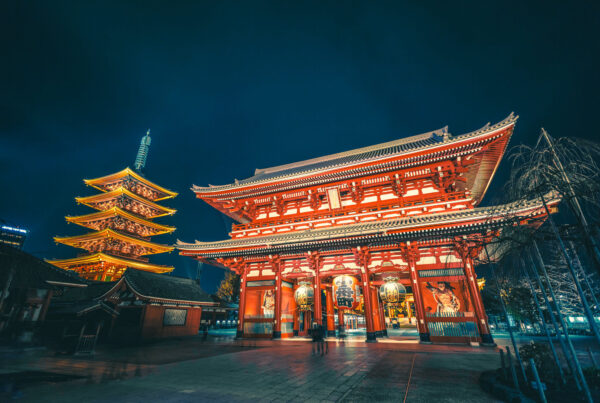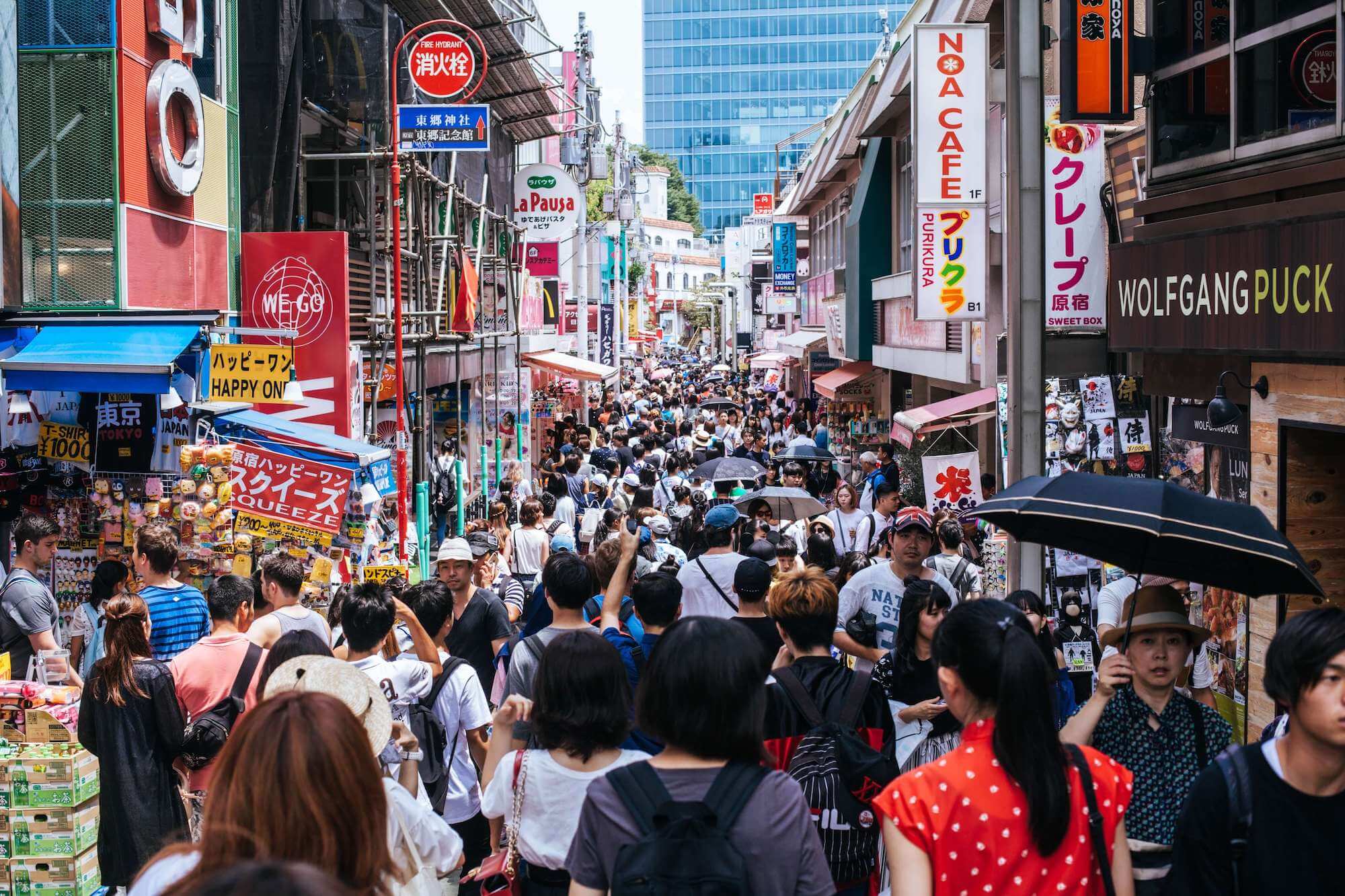A true crossroad of the world, and a land proud of its culture and heritage, Japan is full of elegant and unique souvenirs for travellers to go home with.
Some are yummy, other are gorgeous pieces of art. Many are also emphatic slices of culture to constantly remind you of the wonderful time you had in the Land of the Rising Sun. If you’re heading to Japan soon, or are already in the country, don’t forget to return home with some of these.
These Japanese souvenirs are more than just travel memories. With the exception of food, many are embodiments of the country you can have with you for a long time.
Table of Contents
Omiyage Snack Boxes
Omiyage translates to “souvenir” in English, although it actually means travel gifts for others. At transportation hubs such as train stations, Omiyage stores would be full of all sorts of affordable Omiyage. A quick stroll through any and you would also notice that the bulk are snack boxes. These are always colorfully presented and intended to showcase the flavors and attractions of the places they are sold at.
For example, those in Tokyo will present famous Tokyo attractions on their packaging. Fillings for snacks will also range from traditional flavors like Matcha to Western favorites like chocolate. Alternatively, some would contain an assortment of Senbei, or traditional rice crackers.

Omiyage snack boxes at Kyoto’s Arashiyama district. These are probably the most convenient Japanese souvenirs to buy. Photo Ced Yong – scribblinggeek.com
Those in Kyoto, expectedly, highlight the exquisite heritage of the ancient capital. The more expensive boxes will contain artful collections of Wagashi sweets. Likewise, Omiyage packs in Osaka are lively and adventurous, as like the city itself, with unique fillings like Okonomiyaki and Takoyaki. A mini culinary summary to bring home with you, Omiyage boxes are the perfect Japanese travel souvenirs. The beautiful wrapping could additionally be kept in travel scrapbooks.
Japanese Dolls
Traditional dolls, or Ningyo, rank among the most beautiful souvenirs to buy in Japan. Available in a variety of artistic styles, and prices, regional representatives could be markedly different. For example, the surreal and unusual Kokeshi dolls of the Northeast are a stark contrast to the gentle, unglazed style of the Southern Hakata dolls.
The Kimekomi dolls, as a class of its own, allows hobbyist to decide which clothes the dolls should wear. Unlike the Kokeshi and Hakata ones, they present hair as it is too.

There are so many types of traditional Japanese dolls, discovering all could make for a great travel itinerary.
There are also Daruma dolls, which are based on the famed Buddhist monk Bodhidharma. Probably one of the country’s most representative symbols, these ball-like dolls are typically sold with pupil-less eyes. The tradition is to fill in one pupil upon setting a life goal, then paint in the remaining one when the goal is achieved. Because of this, Daruma dolls are perfect as encouragement gifts too. They completely encapsulate the popular term, “Gambatte.” (Strive hard!)
Paper Cutouts and Foldouts
Origami has long been a world-famous Japanese art, and throughout the country, you’d easily find Origami kits and tools. If you’re looking for something more modern, though, consider getting a 3D paper puzzle instead.
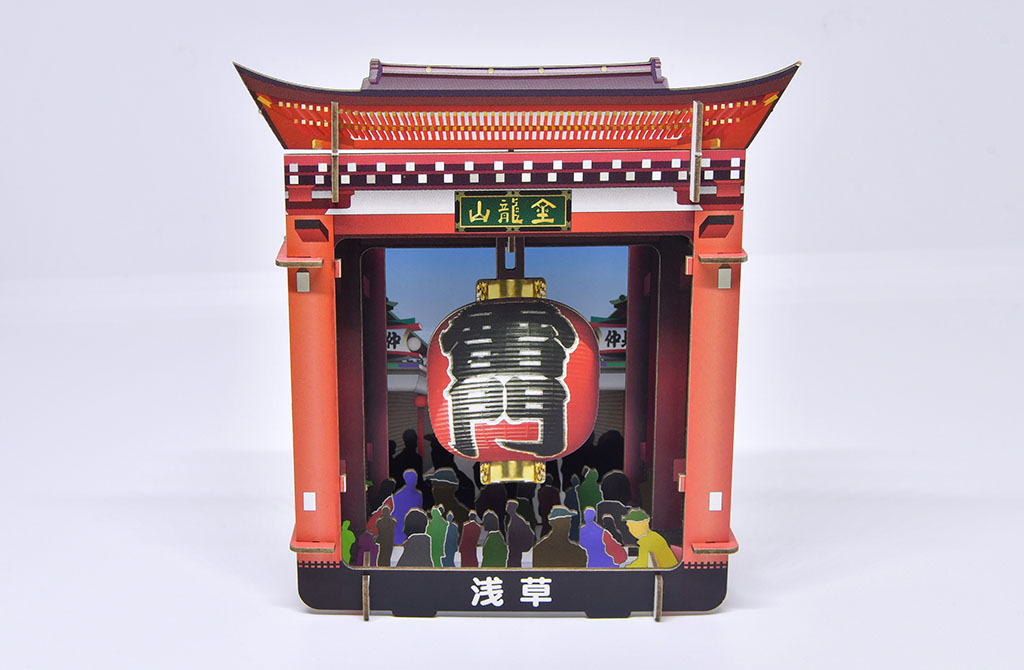
A paper cutout of Asakusa’s Kaminarimon.
Or more accurately, 3D paper assembly sets, as these always come with detailed instructions. Easy to build, many are based on famous landmarks or scenes. Naturally, difficulty of assembly ranges from easy to challenging too.
And if you prefer not at all to fuss over your Japanese souvenirs, there are greeting card foldouts. Widely available at stationery stores, these lovely creations each present a mini recreation of a classic scene. In other words, they allow you to conveniently bring home an enduring Japanese diorama.
Japanese Yokai Miniatures
Once widely feared, Yokai, or supernatural creatures, are now beloved throughout the country. This is thanks to many being used as tourist attractions and mascots, and the enduring popularity of the GeGeGe no Kitaro Manga and Anime series.
If you find them adorable, you’d be delighted to know there’s a variety of Yokai goods throughout the country. From snacks to figurines, to stationery and games and clothing and toy masks, every traveler could bring home some quirky, macabre Yokai memories. Just be careful not to invite an actual one to fly home with you.

A variety of impish and weird Japanese souvenirs to buy and go home with!
Sensu (Fans)
Exquisitely decorated fans have long been a popular traditional Japanese souvenir to go home with. Unfortunately, they previously weren’t too affordable. Even a simple, one-colored one could cost several thousand Yen.
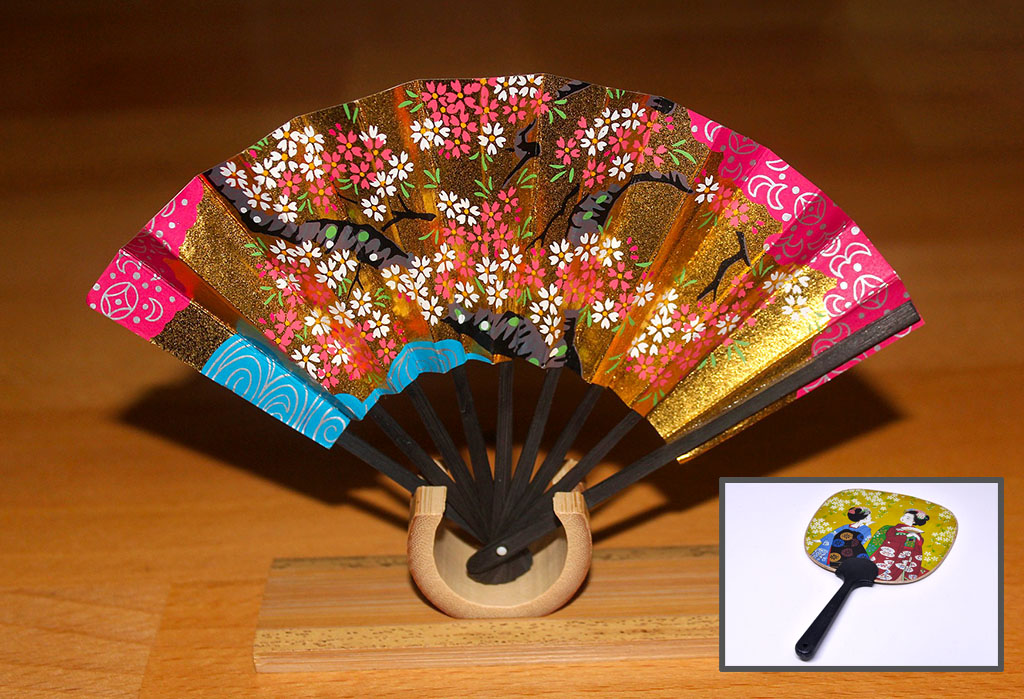
Fans, incidentally, complete the Yukata experience, with unfoldable ones known as Uchiwa.
In recent years, however, many economical, mass-produced versions have gone on sale, these typically no more than a few hundred yen. While the handiwork is incomparable to the masterpieces, they still suffice as long as you’re not too fussy. Take your time to pick and you might even find some gems.
Hashi I.E. Chopsticks
Elegantly painted Hashi have long been sold as Japanese souvenirs. Practically a staple at gift shops, they are affordable and always available individually or in sets. The latter typically showcasing classic art themes.
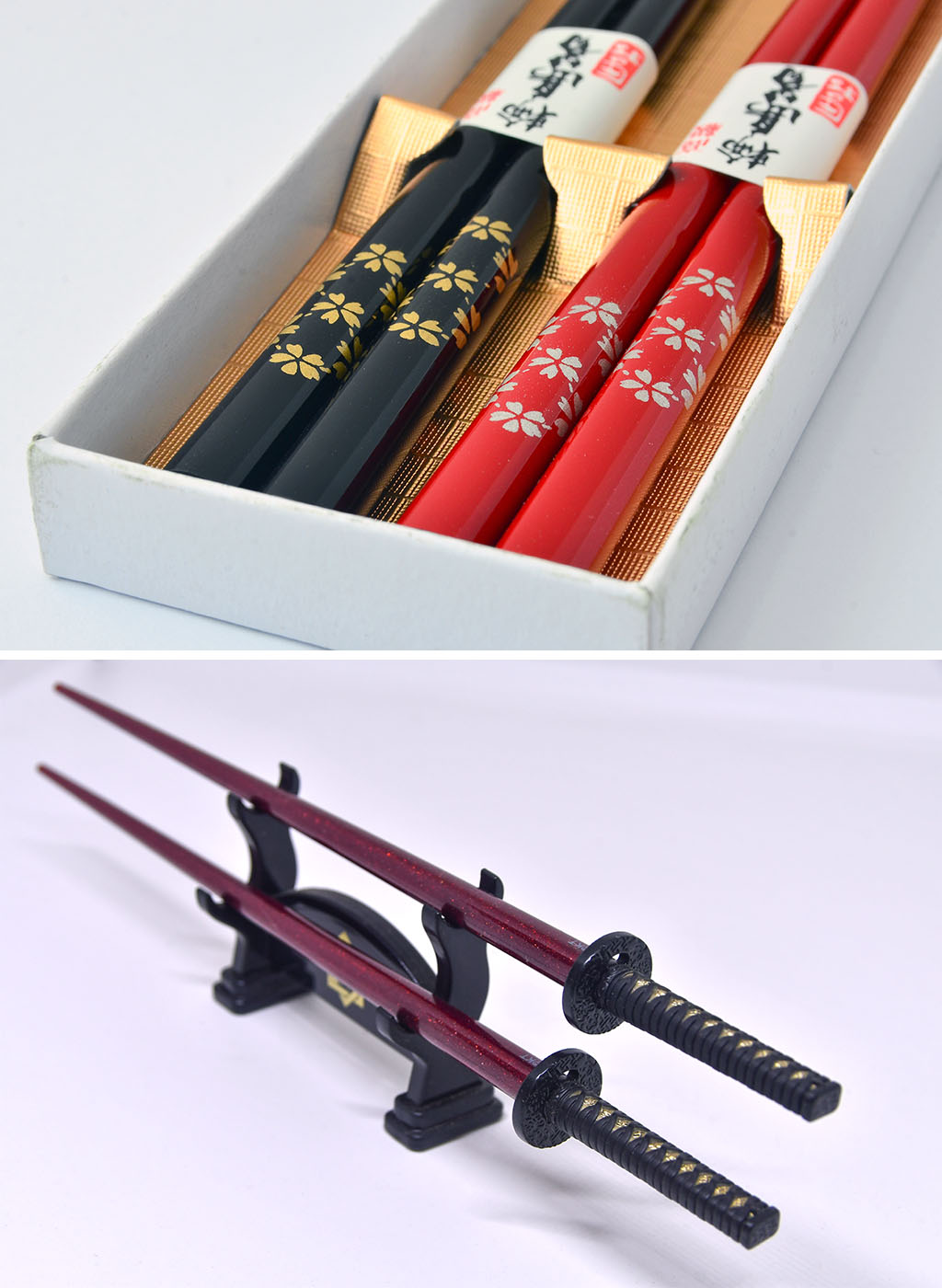
Lacquered Hashi and a pair made to resemble the swords of the famous revolutionary, Sakamoto Ryoma.
And if you prefer your Hashi to be a little quirkier, you could opt for chopsticks and swords hybrids. Sold at geek haunts such as Tokyo’s Akihabara, these are still chopsticks but modeled to resemble the swords of famous Japanese warriors. They even come with a mini “sword” display stand. Truly the best of two worlds, and one of the most unique Japanese souvenirs to buy.
Embroidered Accessories
Like dolls, there are many styles of Japanese embroidery. If you’re fond of such stitched beauty, you’d be dazzled by the variety of accessories decorated by stunning embroidery patterns. Such patterns typically feature traditional motifs such as maple leaves and other natural scenes.

Embroidered clasp bag and keychains.
Traditional Games and Toys
Like all other countries with millennia of history, Japan has many unique toys and games. The former are nowadays widely sold as affordable Japanese souvenirs. For example, the Kendama i.e. a catch-the-ball skill game.
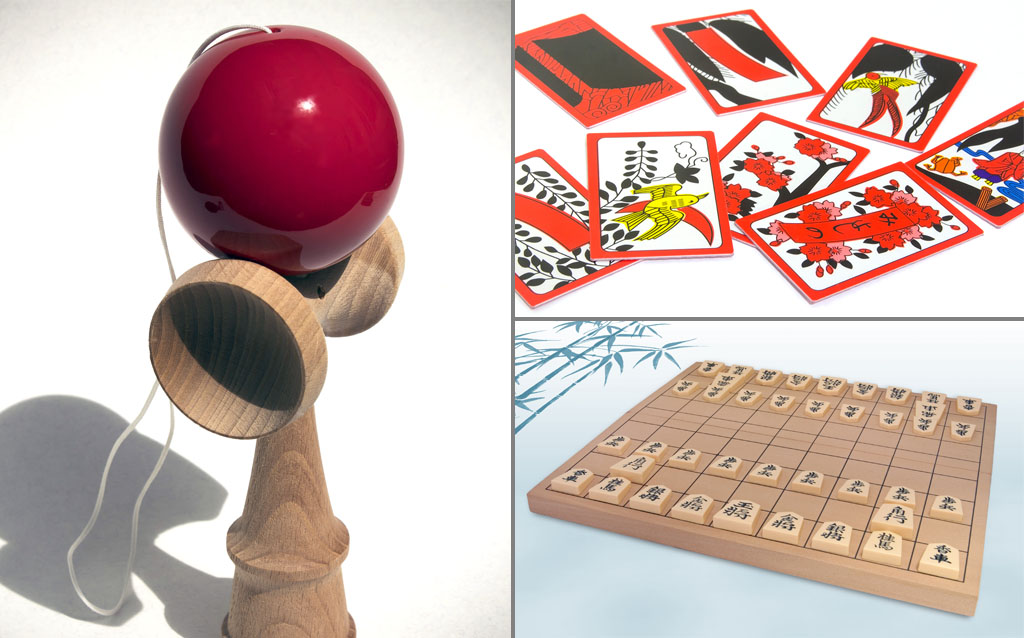
A Kendama, and the classic table games of Hanafuda and Shogi.
For adults, the country’s card and strategy games would surely fascinate. Complex and utterly oriental in presentation, these games are incomparable mental workouts for any age and could be utterly addictive. Best of all, their rules are intertwined with culture and heritage too. That simply means you’d be experiencing the Land of the Rising Sun each time you play.
Japanese Fish Sausages
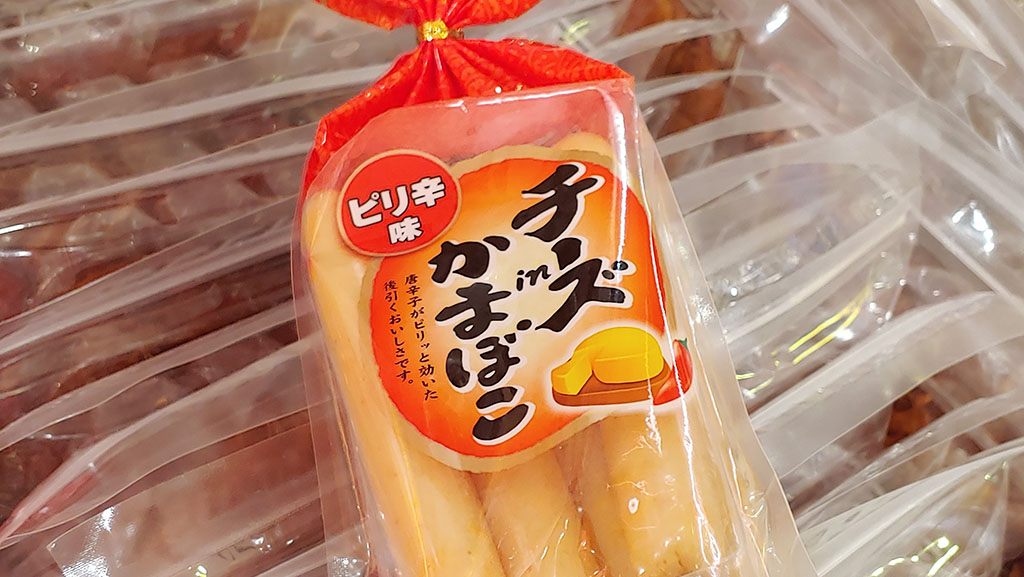
Does a fish sausage sound gross? Try one and you might be surprised.
Made from various pureed white fish, the notion of eating a fish sausage, as it is, could sound gross.
The truth is, though, they are mild in taste and could go very well with drinks. To cater to international and modern tastes, some sausages nowadays contain flavorings such as cheese or curry too. If you’re looking for a food souvenir that’s not the usual Mochi or Wagashi sweet, these sausages could be something unusual to try.
Of note too, most packaging for such sausages includes the word Kamaboko. However, Kamaboko actually refers to all seafood sausages. The fish one is but one type.
Sarubobo
As recent as the late 1990s, these unusual red dolls with triangular limbs and no facial features were only sold in Takayama City. Since then, they have found worldwide popularity. Nowadays, they are sold at other Gifu Prefecture towns such as Shirakawa-go too.
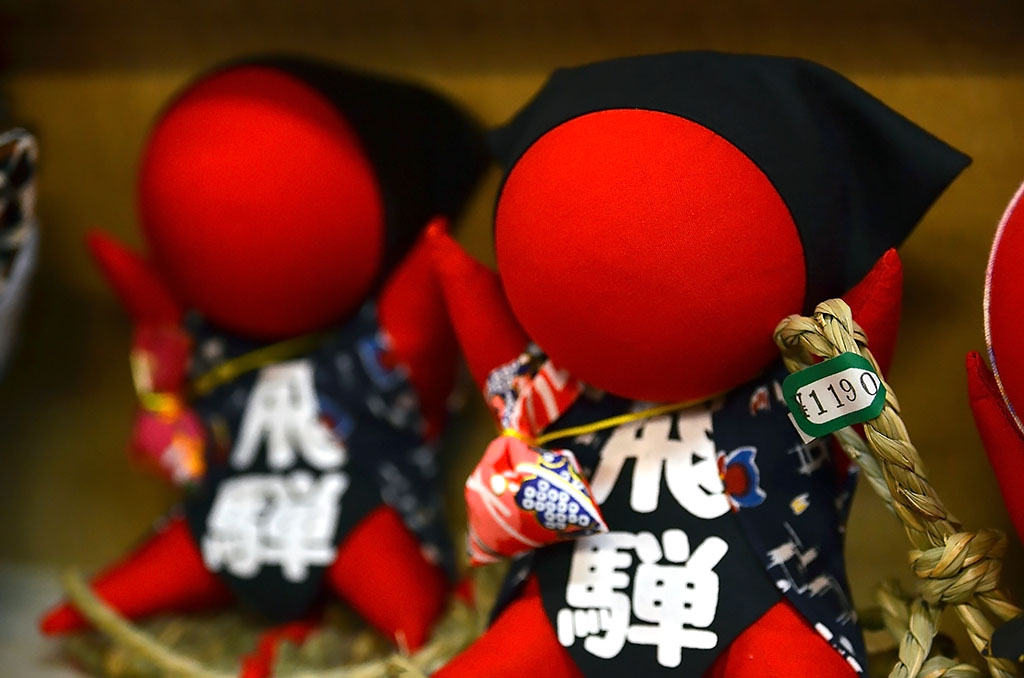
The red Sarubobo traditionally represents marriage, fertility, and childbirth luck. Others, such as gold, represents financial prosperity.
A baby monkey of sorts, Sarubobo were originally made by grandmothers for their grandchildren, or for their daughters as marriage charms. Mischievous and rural in feel, today’s Sarubobo comes in a variety of colors, each representing a different type of good fortune. When buying, be sure to check accompanying charts, to ensure you’re bringing home the right blessing.
Dagashi
Dagashi are cheap candy and snacks widely sold during the post-war years. In recent times, they enjoyed a revival particularly among adults who grew up during those times. At tourist attractions such as Tokyo’s Odaiba District and Yokohama’s Ramen Museum, there are faithful recreations of small-town Dagashi shops, known as Dagashiya.
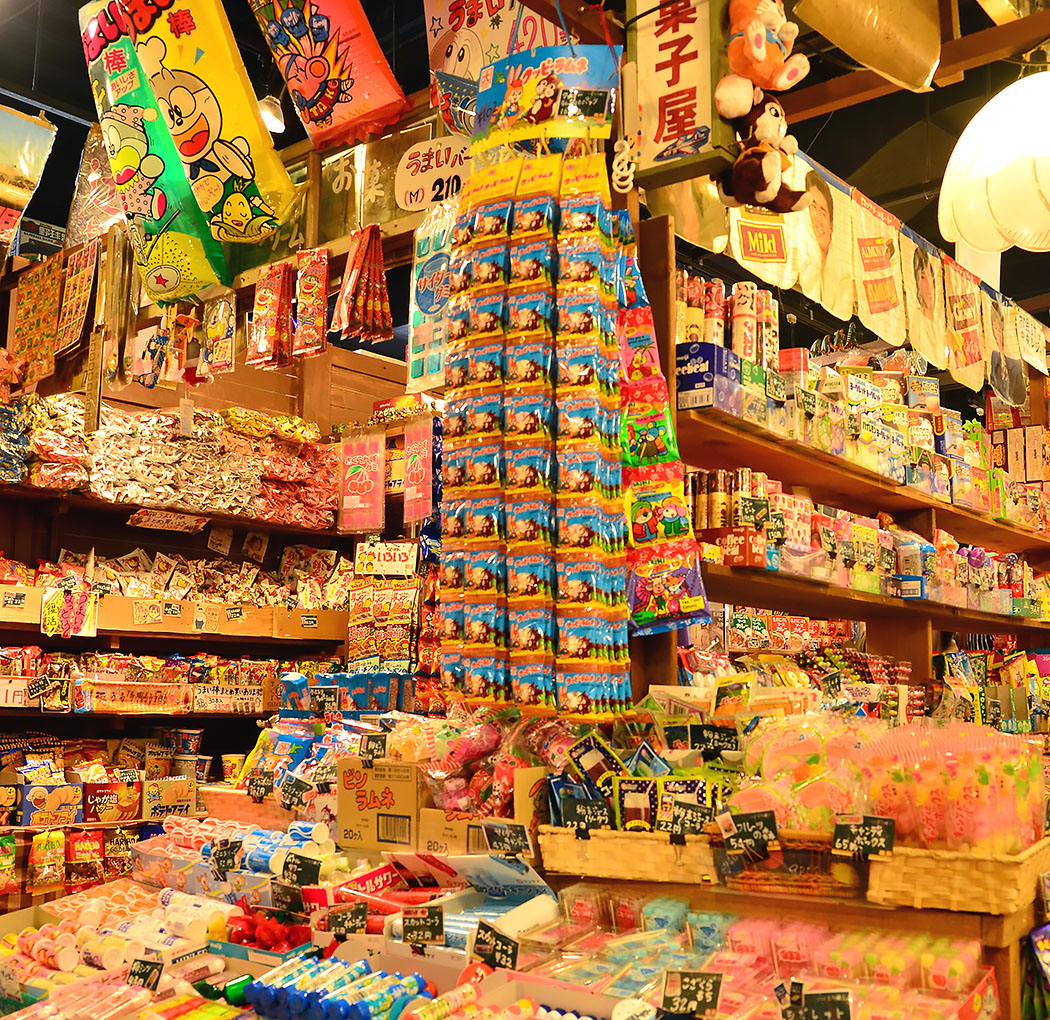
A Dagashiya in Tokyo’s Odaiba district. Incidentally, these shops usually sell other cool Japanese souvenirs too.
A colorful and yummy adventure for kids and adults alike, stepping into a Dagashiya is like entering candy heaven, the best part being most cost but a few Yen. (You pick and choose yourself too). Moreover, Dagashi packaging are decisively retro in feel i.e. reminiscent of the Showa Era. To put it in another way, a handful makes for an affordable gift or souvenir. If you take care to preserve the boxes and wrappings, they could be wonderful materials for art projects too.
Kanazawa Gold
Kanazawa gold leaf decorative techniques are famous throughout Japan. In fact, the very name of the city contains the Kanji for gold. It could be a splurge to buy a gold leaf plated ornament, though. For travelers with tighter budgets, consider instead smaller items such as smartphone holders, name card containers, or USB sticks. Equally as dazzling, these accessories provide for a different feel too for the leaves are usually used to present classical motifs.

A Kanazawa gold leaf decorated slide viewer.
Lastly, you could even buy Kanazawa gold leaf facial masks and edible flakes! How about decorating your Christmas cakes with several dashes of artful gold?
Miniature Samurai Armor
While they serve the same defensive purposes, Japanese armor, or Yoroi, are distinctively different from western counterparts. Many would even consider them as among the country’s most unique cultural artifacts.
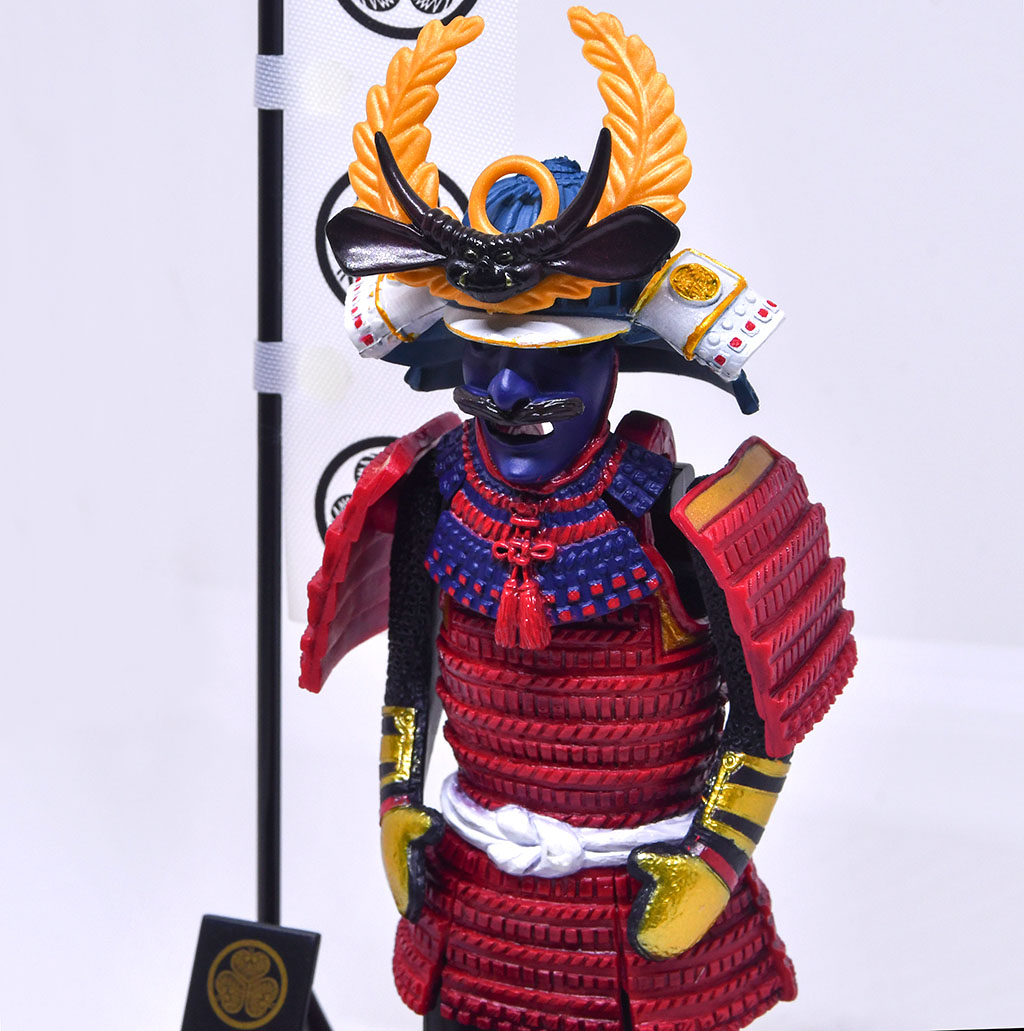
The armor of Shogun Tokugawa Ieyasu. Or more accurately, a souvenir display model of.
To ship home an actual set of Yoroi is an arduous undertaking, though, to say the least. Luckily, plastic miniature display sets of armor famously worn by Sengoku warlords are easily found at departmental stores and tourist attractions. An example of the latter would be at Tokyo’s Asakusa Nakemise shopping street.
And in case such ornaments sound like toys to you, do note that the more expensive ones are incredibly detailed and well-made. If you have the budget for a few, you would be bringing home the country’s tumultuous Warring State Era with you.
Yukata
Enamored with the Kimono? Well, the bad news is, most Kimono are expensive and tough to carry home without damage. For ladies, many designs necessitate the assistance of another to properly wear too.
On the other hand, the Yukata, a casual summer cloak, is much more affordable and easier to handle. Sold throughout the year, designs range from the elegant to the colorful, to the downright flamboyant. Pair one with Geta (wooden slippers), and you could enjoy a summer Matsuri at home anytime you want.
Tip: Many street fairs and festivals sell second-hand Yukata. If you’re not too particular, these are very affordable Japanese souvenirs to buy.
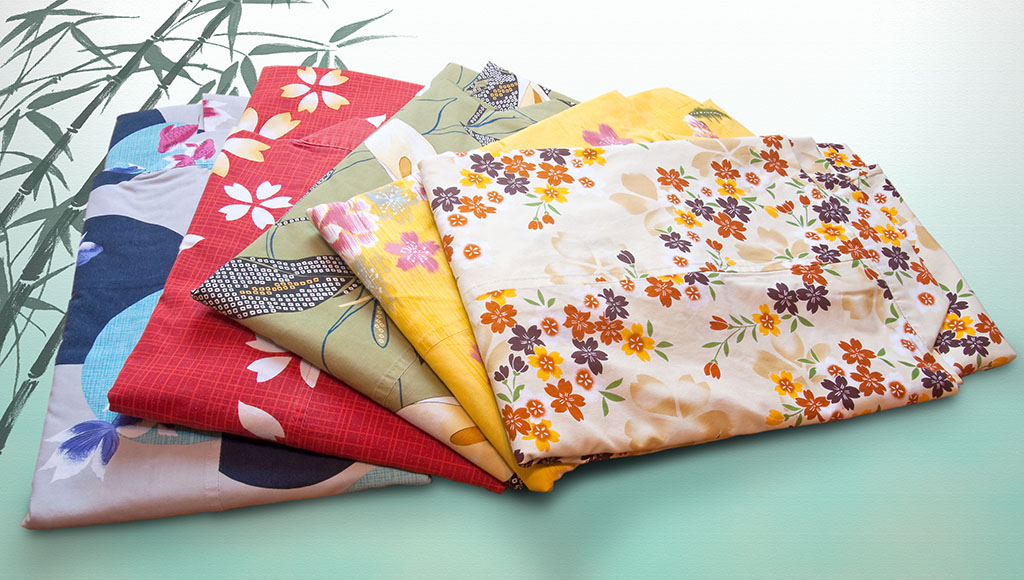
When buying Yukata, do note that Japanese guys traditionally do not wear flashy designs. Thus, most male Yukata are of dark colors and simple designs.
Tenugui
The Tenugui is a thin, printed rectangular cotton towel, approximately three feet long and 1 foot wide. Often describe as a headwrap, the Japanese actually use Tenugui for a variety of purposes. These include as dishcloths, hand towels, handkerchiefs, and even for folding into bags.

A Tenugui sold at a specialized store in Uji City.
More expensive ones could also double as attractive house ornaments. You could lay one over a table, or have it framed and displayed. Of note, Tenugui vary significantly in price depending on the design and quality. You could get one for a hundred yen at budget stores. An artisanal one, on the other hand, could cost over two thousand yen at a specialized store.
Ukiyo Inspired Products
Ukiyo is easily the most recognizable and world-famous classic Japanese art style. If you’re fond of it, you’d be spoilt for choice by the variety of Ukiyo-based Japanese souvenirs available in the country.
From simple postcards to clothing, to ceramics and fans and high-quality prints, the “floating world” can be a part of your world, permanently, for a low price. In the event you are buying prints, certain establishments could even arrange for them to be properly packed and shipped to your home. It’s all about enjoying the pleasures of a transient world. Pleasures that include travel retail therapy.
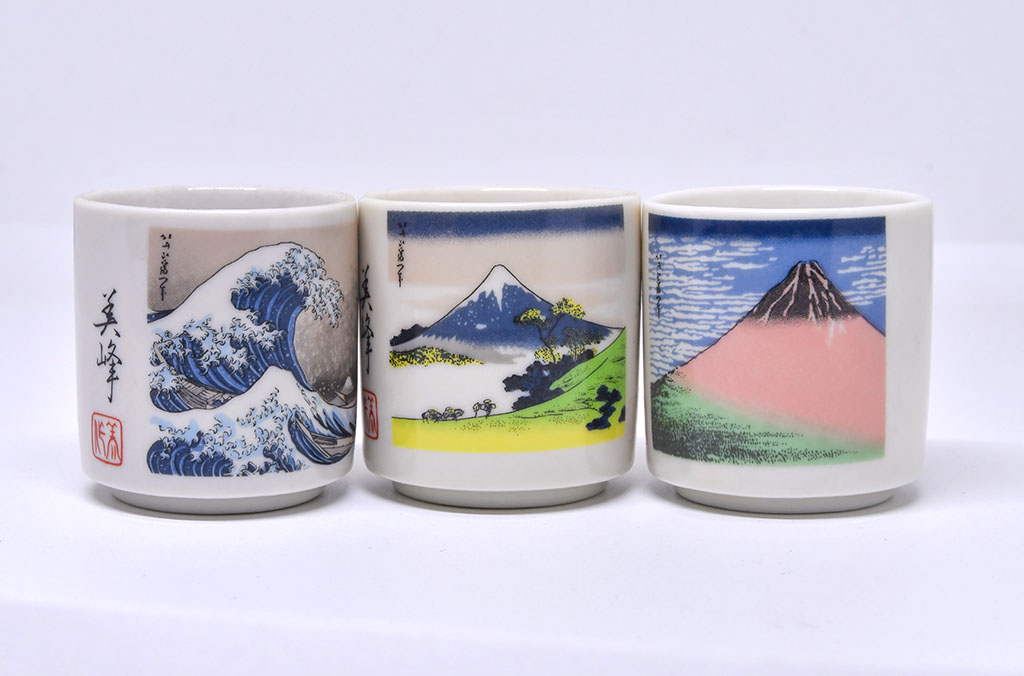
Sake wine cups with classic Ukiyo paintings. One of the easiest and most beautiful souvenirs to buy in Japan.
Blessings by the Shinto Gods
Shintoism is unique in that there are few central tenets, with all also welcomed to worship at Shinto shrines. At such shrines, travelers could also bring home an assortment of divine protections, or travel memories. The most popular of these are undoubtedly Omamori i.e. good luck amulets contained in a stitched bag.
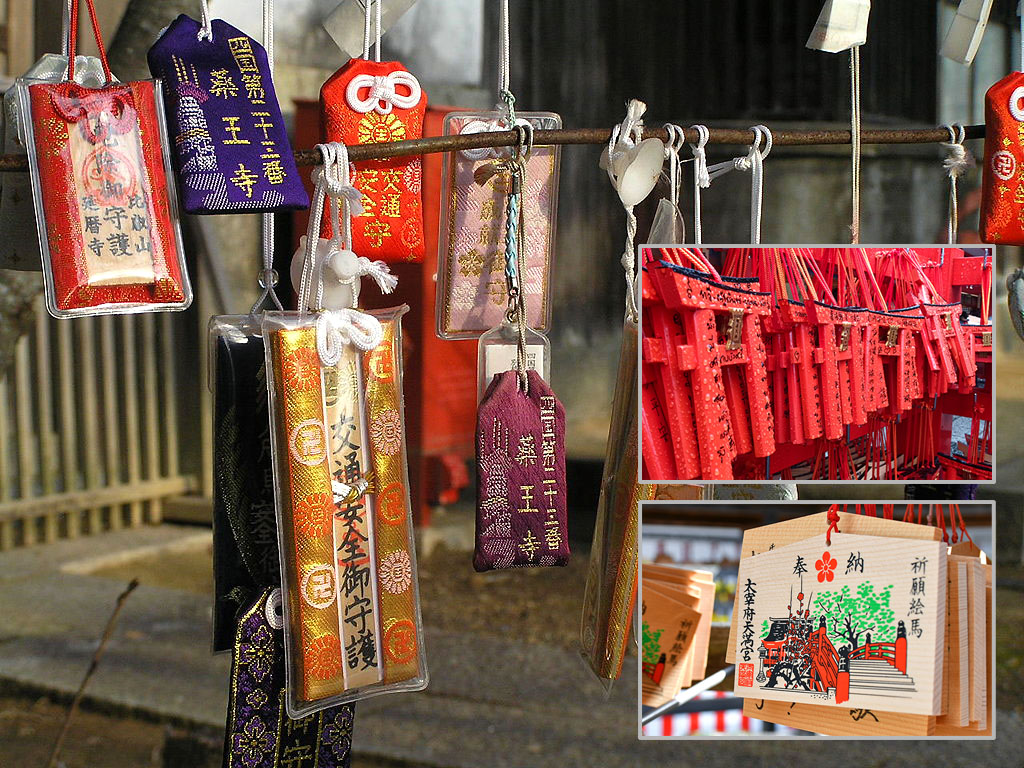
Credit: commons.wikimedia.org
Additionally, there are Ema, these being small wooden plaques used for prayers and wishes. Meant to be written on and hung at a shrine, and with each shrine featuring a different illustration on its Ema, it is entirely permissible to take one home with you.
At popular and renowned shrines, Ema even comes in other shapes and forms. For example, miniature red torii gates are sold at the famous Fushimi Inari Shrine of Kyoto. At Kyushu’s Dazaifu Tenmangu, you could purchase lucky red gourds too.
Ainu Wood Cravings
Without going into historical details, the Ainu tribes of Northern Japan are a distinctively different culture from the mainstream population. The indigenous people of Hokkaido, they are renowned for their wood carvings. These, nowadays, popularly sold in Hokkaido as travel souvenirs.
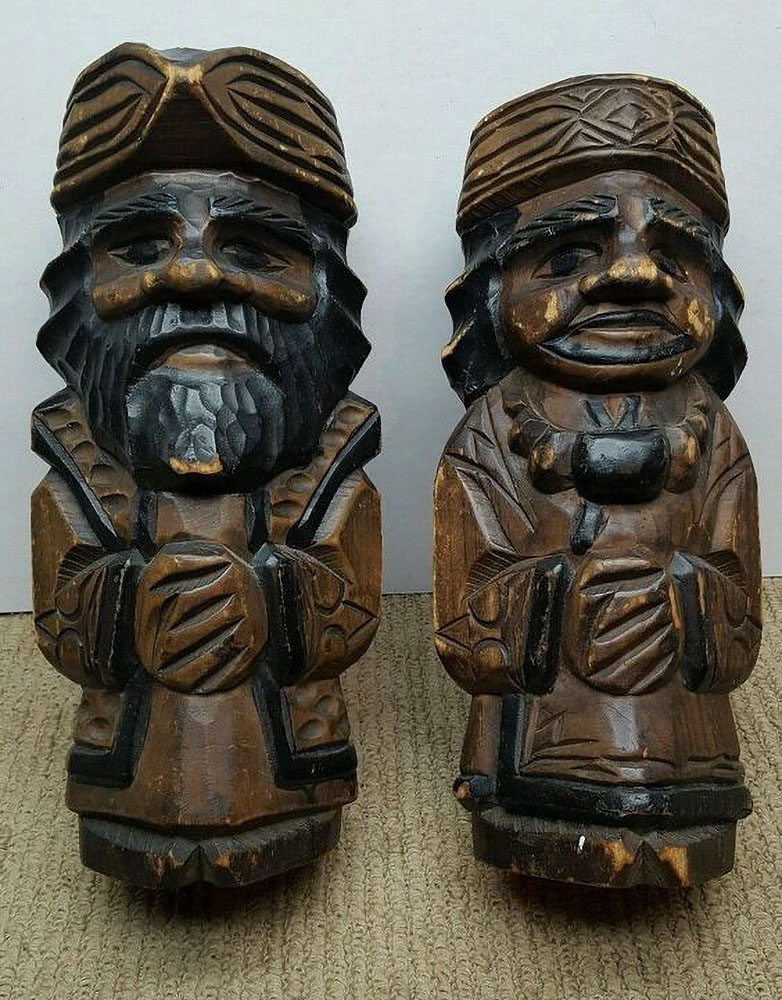
Traditional Ainu Wood Carvings. Credit: https://www.pinterest.com/pin/709105903800411360/
Folksy, rustic, and in some cases, spiritual too, these carvings are unlike most other handcrafted objects sold as souvenirs in the country. It is even not a stretch to say an Ainu carving feels more Polynesian than Japanese. Certainly something different to consider buying, if you’re in frigid but beautiful Hokkaido.
Noh Masks
Noh is one of the most exotic and enigmatic classic Japanese art forms. Correspondingly, a real Noh mask is likely too costly for most travelers.
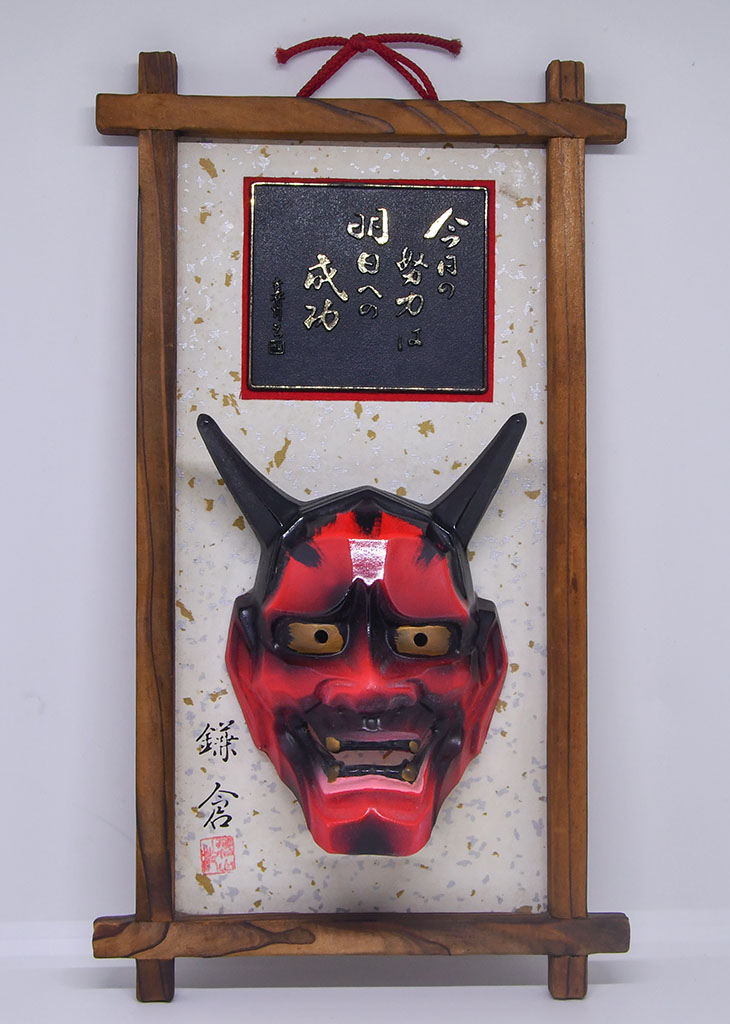
An imposing Hannya mask wall decoration. This has been sold at Kamakura, at the gift shop right before the famous Great Buddha, for decades.
Fortunately, there is a variety of Noh-inspired souvenirs on sale throughout the country. From keychains to display miniatures, to wall decorations and figurines, a little effort is all that’s necessary to find the right mask. Among all, the most commonly represented are the pale Onna-men feminine mask and the fearsome red Hannya mask.
If you’re keen on the Hannya mask, take note. While it traditionally represents a vengeful female demon, it could alternatively symbolize prudence and wisdom. Hannya symbols were also sometimes carried as talismans for luck.
Replicas of Famous Historical Sculptures
Last but not least, if you’re fond of history, you could bring home replicas of famous Japanese sculptures and archeological discoveries. These are especially abundant at souvenir stores in Nara City, a historical capital renowned for its many artistic treasures.
At Kyushu, miniatures of the humorous-looking Haniwa statues are also sold. Finally, replicas of world-famous art masterpieces, such as the Nio Guardians of Nara’s Todai-Ji, are found throughout the country. The larger and more precise replicas, naturally, costing more.
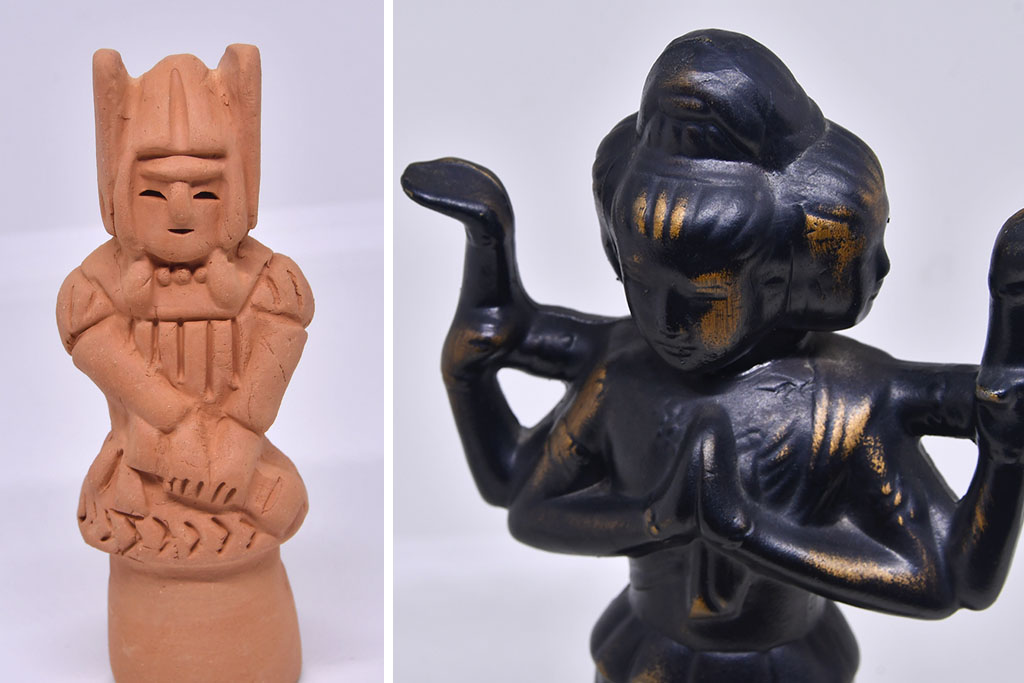
A Haniwa figure and the close-up of a replica of Nara’s famous Asura sculpture.
Be sure to follow us on Facebook, Instagram, Twitter, and Pinterest for more fun stuff!
See you again next time!

Ced Yong
A devoted solo traveler from Singapore who has loved Japan since young. His first visits to the country were all because of video game and Manga homages. Today, he still visits for the same reasons, in addition to enjoying Japan’s culture, history, and hot springs.

